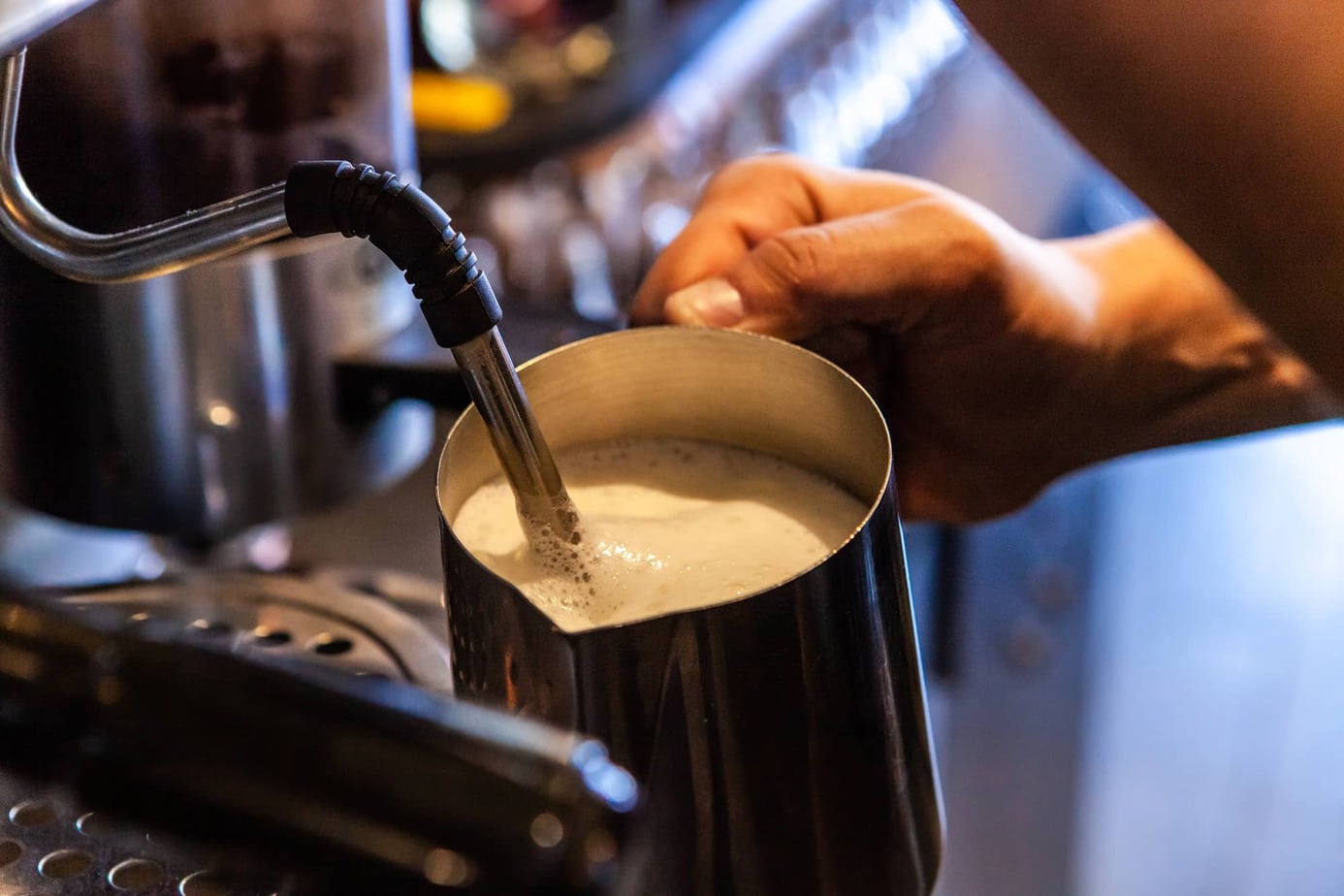

Articles
What Does A Milk Steamer Do
Modified: January 6, 2024
Discover the benefits of using a milk steamer and how it can enhance your coffee experience. Read our informative articles on milk steamers and learn how to froth the perfect milk for your favorite drinks.
(Many of the links in this article redirect to a specific reviewed product. Your purchase of these products through affiliate links helps to generate commission for Storables.com, at no extra cost. Learn more)
Introduction
For all the coffee enthusiasts and baristas out there, a milk steamer is an essential tool that can elevate your coffee drinking experience to a whole new level. Whether you prefer a frothy cappuccino, a velvety latte, or a creamy hot chocolate, a milk steamer is the key to achieving that perfect texture and taste.
So, what exactly is a milk steamer and what does it do? In simple terms, a milk steamer is a device that heats and froths milk to create a smooth foam that can be added to various hot beverages. It uses steam pressure to agitate the milk, transforming it into a rich and creamy consistency.
In this article, we will explore the different types of milk steamers, how they work, their benefits, and how to use them effectively. Whether you’re a budding coffee connoisseur or looking to upgrade your home barista setup, understanding the ins and outs of milk steamers is key to mastering the art of creating delicious and professional-quality drinks.
Key Takeaways:
- Elevate your coffee experience with a milk steamer, creating barista-quality foam, enhancing flavor, and offering customizability for your favorite hot beverages.
- Master the art of using a milk steamer, experimenting with different milk types, froth densities, and temperatures to achieve the perfect frothed milk for your drinks.
Read more: What Does A Garment Steamer Do
What is a Milk Steamer?
At its core, a milk steamer is a device that is specifically designed to heat and froth milk. It is commonly used in coffee shops, cafes, and households to create that creamy and luxurious foam topping for beverages like lattes, cappuccinos, and hot chocolates. While it may seem like a simple tool, milk steamers play a crucial role in achieving the perfect texture and taste of these popular hot beverages.
A milk steamer typically consists of a container or pitcher for holding the milk and a wand or nozzle for releasing steam. The steam generated by the machine is used to heat and aerate the milk, creating tiny bubbles and giving it a velvety, frothy consistency.
One of the main advantages of using a milk steamer is that it allows you to customize the texture and temperature of your milk. By adjusting the steam pressure and the immersion depth of the steam wand, you can create anything from a thick and creamy foam to a lighter and smoother texture. This level of control helps to enhance the overall drinking experience and allows you to create your preferred style of beverages.
Milk steamers are not limited to just dairy-based milk. Many models also have the capability to froth alternative milk options such as soy milk, almond milk, or oat milk. This makes milk steamers a versatile tool for those with dietary restrictions or preferences.
So, whether you want to enjoy a delicious latte in the comfort of your own home or impress your customers with professional-quality coffee creations, a milk steamer is an essential piece of equipment to have.
How Does a Milk Steamer Work?
Understanding how a milk steamer works can help demystify the process of creating that perfect frothy milk for your favorite beverages.
When you turn on a milk steamer, it begins by heating the water to produce steam. The steam is then released through a wand or nozzle into the milk, which is held in a pitcher or container. As the steam makes contact with the milk, it creates agitation and introduces air into the liquid, resulting in the formation of small bubbles.
The continuous introduction of steam and agitation causes the milk to heat up rapidly. The heat breaks down the proteins in the milk, which helps to create a smooth and velvety texture. The steam also expands the volume of the milk, giving it a light and airy consistency.
As the steam wand is positioned just below the surface of the milk, it creates a whirlpool effect. This helps to distribute the agitation and heat evenly throughout the milk, ensuring a consistent and well-textured foam.
The skill in using a milk steamer lies in finding the perfect balance of steam pressure and immersion depth. By adjusting these settings, you can control the temperature and create different levels of frothiness to suit your preference.
It’s important to note that mastering the art of using a milk steamer takes practice. Achieving the ideal milk texture and temperature requires experimenting with different steam pressure, immersion depths, and milk types.
Overall, a milk steamer is a sophisticated tool that uses the power of steam and controlled agitation to transform ordinary milk into a creamy and frothy delight that enhances the flavor and aesthetics of your favorite hot beverages.
Benefits of Using a Milk Steamer
There are numerous benefits to using a milk steamer when preparing your favorite hot beverages. Let’s explore some of the advantages:
- Professional-Quality Foam: A milk steamer allows you to create barista-quality foamed milk at home. It gives you the ability to control the texture and consistency of the foam, resulting in a velvety, microfoam that enhances the taste and appearance of your drinks.
- Enhanced Flavor: The process of steaming milk infuses it with a unique caramel-like sweetness and enhances its flavor. This adds a whole new dimension to your coffee, making it rich, smooth, and indulgent.
- Customizability: With a milk steamer, you have the freedom to customize your beverages to suit your taste preferences. You can adjust the foam density, temperature, and even experiment with different types of milk or dairy alternatives to create the perfect cup every time.
- Versatility: A milk steamer is not limited to just creating froth for coffee-based drinks. You can also use it to heat milk for hot chocolates, chai teas, or even steamed milk for a simple and comforting beverage.
- Aesthetically Pleasing: The beautifully textured foam created by a milk steamer makes your drinks visually appealing. A crowning layer of silky foam adds a touch of elegance and sophistication to your beverages, making them look as delightful as they taste.
- Saves Money: Investing in a milk steamer can save you money in the long run. Instead of frequenting coffee shops and paying a premium for specialty beverages, you can enjoy barista-quality drinks right in the comfort of your own home.
- Convenience: Having a milk steamer at home means you can enjoy your favorite coffee drinks at any time without having to leave your house. It’s a convenient tool that brings the coffee shop experience to your kitchen counter.
Overall, using a milk steamer enhances the taste, appearance, and overall experience of your hot beverages. It allows you to unleash your inner barista, experiment with different flavors, and create customized drinks that cater to your unique preferences.
Types of Milk Steamers
There are several types of milk steamers available on the market, each with its own unique features and functionality. Let’s explore some of the common types:
- Manual Steam Wand: This type of milk steamer is commonly found in espresso machines and requires manual control. It consists of a wand or nozzle that releases steam when activated. It gives you more control over the steaming process, allowing you to adjust the steam pressure and immersion depth according to your preference.
- Automatic Milk Frother: An automatic milk frother is a standalone device that takes care of both heating and frothing milk. It typically has different settings for different types of drinks, such as cappuccinos or lattes. It is an easy-to-use option that produces consistent results with the press of a button.
- Integrated Steam Wand: Some espresso machines feature an integrated steam wand that allows you to steam milk while simultaneously brewing your coffee. This type of milk steamer offers convenience and a space-saving design for those looking for an all-in-one solution.
- Handheld Milk Frother: A handheld milk frother is a small, battery-operated device that creates frothy milk. It is portable and easy to use, making it a popular choice for those who want to froth milk on the go or in smaller quantities.
- Induction Milk Frother: An induction milk frother uses electromagnetic induction to heat and froth the milk. It offers precise temperature control and creates consistent microfoam. This type of milk steamer is often favored by professionals and coffee enthusiasts due to its efficiency and reliability.
- Steam-Free Milk Frother: As the name suggests, a steam-free milk frother operates without steam. Instead, it uses a spinning disk or whisk mechanism to froth the milk. This type of frother is popular for its quiet operation and ease of cleaning.
When choosing a milk steamer, consider factors such as your preferred level of control, the amount of froth you desire, and the available space in your kitchen. Understanding the different types of milk steamers can help you find the perfect one to suit your needs and elevate your coffee experience.
Read more: What Does A Hair Steamer Do
Common Features of Milk Steamers
Milk steamers come with a variety of features that enhance their functionality and usability. While the specific features may vary between different models and brands, there are some common features you can expect to find in milk steamers:
- Steam Control: Most milk steamers have a steam control feature that allows you to adjust the steam pressure. This gives you the ability to control the level of frothiness and texture of the milk.
- Temperature Control: Temperature control is a crucial feature that allows you to set the desired temperature for your milk. This ensures that you achieve the perfect balance between heating the milk and avoiding scorching or overheating.
- Foam Density Options: Some milk steamers offer different foam density options, allowing you to choose between a light, airy froth or a denser, creamier foam. This feature gives you the flexibility to create frothed milk tailored to your taste preference and the specific beverage you are making.
- Multiple Frothing Modes: Advanced milk steamers may come with multiple frothing modes, such as cappuccino, latte, and hot chocolate. These preset modes adjust the steam pressure and temperature according to the specific beverage, making it easier to achieve consistent results.
- Large Capacity: Milk steamers designed for commercial use or larger households often come with a larger milk capacity. This allows you to froth milk for multiple beverages without having to refill the pitcher repeatedly.
- Easy-to-Clean Design: Milk steamers that feature detachable parts or are dishwasher-safe make cleaning a breeze. Look for milk steamers with non-stick interiors or removable parts for hassle-free maintenance.
- Auto Shut-Off: An auto shut-off feature is a safety measure that automatically turns off the milk steamer after a certain period of inactivity. This not only saves energy but also prevents the milk from overheating.
- Indicator Lights: Indicator lights can provide valuable guidance during the steaming process. They may indicate when the steamer is ready for use, when it is heating the milk, or when the milk has reached the desired temperature.
- Ergonomic Design: Milk steamers with an ergonomic design, comfortable handles, and a well-balanced weight distribution make the frothing process easier and more enjoyable.
When choosing a milk steamer, consider which features are most important to you and align with your needs. Different models offer a variety of functionalities, so it’s essential to select a milk steamer that suits your preferences and brewing style.
A milk steamer is used to heat and froth milk for drinks like lattes and cappuccinos. It uses steam to create a creamy, velvety texture in the milk, enhancing the flavor and mouthfeel of the beverage.
How to Use a Milk Steamer
Using a milk steamer may seem intimidating at first, but with a little practice and guidance, you’ll be frothing milk like a pro in no time. Here’s a step-by-step guide on how to use a milk steamer:
- Start by filling the pitcher or container of the milk steamer with the desired amount of milk. It’s important not to overfill the pitcher, as the milk expands when heated and may overflow.
- Attach the steam wand or nozzle to the milk steamer according to the instructions provided by the manufacturer. Make sure it is securely attached and in the correct position.
- Turn on the milk steamer and allow it to heat up. Depending on the model, there may be an indicator light that will let you know when it’s ready for use.
- Purge the steam wand for a few seconds to remove any condensation or residual milk. This ensures that you start with clean steam.
- Place the steam wand just below the surface of the milk, ensuring that it is fully immersed but not touching the bottom of the pitcher.
- Turn on the steam by opening the steam valve. You should hear a hissing sound as the steam is released.
- Slowly lower the pitcher, allowing the steam to create agitation in the milk. Keep the steam wand angled to create a whirlpool effect, distributing the heat and steam evenly throughout the milk.
- As the milk begins to heat up, raise the pitcher slightly to maintain the appropriate immersion depth of the steam wand. This helps to control the foam consistency and temperature.
- Continue steaming the milk until it reaches the desired temperature. The ideal temperature for most drinks is around 150°F (65°C), but it may vary depending on personal preference.
- Once the milk is heated to the desired temperature, turn off the steam by closing the steam valve.
- Remove the pitcher from the steam wand and give it a gentle tap on the countertop to remove any large air bubbles.
- Swirl the pitcher gently to incorporate the foam into the milk and create a smooth consistency.
- Pour the frothed milk into your cup, using a spoon to hold back the foam if desired.
- Enjoy your beautifully steamed and frothed milk in your favorite hot beverage.
Remember, practice makes perfect when it comes to using a milk steamer. Don’t be discouraged if your first attempts are not successful, as it takes time to develop the technique. Experiment with different immersion depths, steam pressures, and milk types to find the perfect combination that suits your taste.
Tips for Properly Using a Milk Steamer
Using a milk steamer may require some practice and technique to achieve the best results. Here are some helpful tips to ensure you use your milk steamer effectively:
- Use cold milk: Start with cold milk as it froths better than warm milk. Cold milk allows more air to be incorporated, resulting in a creamier and denser foam.
- Choose the right milk: Different types of milk yield different results when frothed. Whole milk, 2% milk, and non-dairy alternatives like soy or oat milk tend to froth well. However, skim milk may produce a less creamy foam due to its lower fat content.
- Invest in a quality milk thermometer: A milk thermometer is a valuable tool to ensure you heat the milk to the ideal temperature. This prevents overheating, which can affect the taste and texture of the milk.
- Start with a clean steam wand: Before using the steam wand, make sure it is clean and free from any milk residue. Wipe it with a damp cloth and purge any excess moisture before steaming the milk.
- Aerate the milk: To create a creamy texture, it’s important to introduce air into the milk while steaming. Position the steam wand just below the surface of the milk to create a whirlpool effect and incorporate air effectively.
- Avoid large bubbles: Aim for small, fine bubbles in the milk foam. Large bubbles can make the foam too airy and less smooth.
- Steam in intervals: If the milk becomes too hot or the foam starts to separate, pause the steaming process and lower the steam wand further into the milk. This allows the milk to heat evenly and prevents scorching.
- Swirl the milk: Once you’ve finished steaming, give the pitcher a gentle swirl to mix the foam with the heated milk. This helps create a smooth and consistent texture throughout.
- Experiment and practice: Each milk steamer may have slightly different settings, so take the time to familiarize yourself with your specific machine. Experiment with different levels of steam pressure, immersion depths, and milk types to find what works best for you.
- Keep the pitcher tilted: When pouring the frothed milk into your cup, tilt the pitcher slightly to allow the milk to flow underneath the foam. This helps achieve a balanced distribution of foam and milk in your beverage.
Remember, practice is key to mastering the art of using a milk steamer. With time and patience, you’ll be able to achieve the perfect frothed milk to complement your favorite hot beverages.
Cleaning and Maintenance of Milk Steamers
Regular cleaning and maintenance of your milk steamer are essential for ensuring its longevity and optimal performance. Here are some tips to keep your milk steamer clean and in proper working condition:
- Clean after each use: After each use, it’s important to clean the steam wand and pitcher. Immediately wipe the steam wand with a damp cloth to remove any milk residue. Rinse the pitcher with warm water to remove any remaining milk.
- Remove and clean detachable parts: If your milk steamer has detachable parts, such as the steam wand or removable pitcher, remove them and wash them with warm, soapy water. Make sure to thoroughly rinse and dry the parts before reassembling.
- Descale regularly: Over time, mineral deposits can build up inside the milk steamer. To prevent this, descale the machine regularly using a descaling solution or a mixture of water and white vinegar. Follow the manufacturer’s instructions for descaling and flushing out any residue.
- Clear any milk blockages: Milk blockages can occur in the steam wand if not properly cleaned. If you notice reduced steam pressure or clogs, use a thin needle or pin to gently clear any blockages in the steam wand’s tip.
- Wipe down the exterior: Regularly clean the exterior of the milk steamer with a soft, damp cloth to remove any spills or stains. Avoid using harsh chemicals or abrasive materials that could damage the surface.
- Empty and clean the drip tray: If your milk steamer has a drip tray, empty it regularly and clean it to prevent the buildup of milk residue or bacteria. Wash the drip tray with warm, soapy water, rinse thoroughly, and dry before reinserting.
- Follow manufacturer’s instructions: Always refer to the manufacturer’s instructions for specific cleaning and maintenance guidelines for your milk steamer. They may provide additional details or recommend specific cleaning products that are safe to use.
- Store properly: When not in use, ensure that your milk steamer is stored in a clean and dry location. Avoid exposing it to excessive moisture, heat, or direct sunlight, which can damage the machine or affect its performance.
- Regular servicing: Consider having your milk steamer professionally serviced on a periodic basis, especially if you use it frequently or for commercial purposes. This can help identify any potential issues and ensure that the machine continues to function optimally.
By following these cleaning and maintenance practices, you can enjoy a clean and well-functioning milk steamer for years to come. Regular care and attention will help preserve the quality of your drinks and extend the lifespan of your milk steamer.
Read more: What Does Face Steamer Do
Frequently Asked Questions about Milk Steamers
Here are some frequently asked questions about milk steamers:
- 1. Can I use any type of milk in a milk steamer?
- 2. How hot should the milk be when using a milk steamer?
- 3. Can I froth milk without a steam wand?
- 4. How long does it take to froth milk using a milk steamer?
- 5. Can I froth milk in advance and reheat it later?
- 6. How do I clean the steam wand of a milk steamer?
- 7. Can I use a milk steamer for non-dairy milk alternatives?
Yes, you can use different types of milk in a milk steamer, including dairy-based milk like whole milk, 2% milk, or non-dairy alternatives like soy, almond, or oat milk. Keep in mind that different types of milk may yield slightly different results in terms of frothiness and taste.
The ideal temperature for steaming milk is between 150°F (65°C) and 155°F (68°C). This range ensures that the milk is heated enough to enhance its flavor and texture without reaching boiling point, which can scorch the milk and affect its taste.
Yes, you can still froth milk without a steam wand. You can use a handheld milk frother or a manual frother that operates by hand-pumping. These devices create a frothy texture by rapidly agitating the milk, though the results may differ from those achieved with a milk steamer.
The time it takes to froth milk using a milk steamer varies depending on factors such as the steamer’s power, the volume of milk, and the desired foam consistency. Typically, it takes about 30 to 60 seconds to froth milk to the desired texture.
It is generally recommended to froth milk just before using it in your beverage. Frothed milk tends to lose its texture, and reheating it may result in a less desirable texture and taste. It is best to froth milk fresh for each serving.
Cleaning the steam wand is important to prevent any milk residue from building up. After each use, wipe the steam wand with a damp cloth to remove any milk. If necessary, you can soak the steam wand in hot, soapy water and use a small brush or sponge to clean it thoroughly.
Yes, many milk steamers can froth non-dairy milk alternatives like soy, almond, or oat milk. However, different types of non-dairy milk may yield different results in terms of foam consistency and texture. It may require some experimentation to find the non-dairy milk that froths best for your preferences.
These are just a few common questions about milk steamers. If you have any specific concerns or queries about using a milk steamer, it’s best to refer to the manufacturer’s instructions or seek advice from a knowledgeable barista or coffee expert.
Conclusion
A milk steamer is a versatile and essential tool for coffee lovers and baristas alike. It allows you to create creamy, frothy milk that enhances the taste and visual appeal of your favorite hot beverages. Whether you enjoy a velvety latte, a frothy cappuccino, or a comforting hot chocolate, a milk steamer can take your coffee experience to the next level.
We explored the various types of milk steamers available, from manual steam wands to automatic milk frothers, each offering different levels of control and convenience. Additionally, we discussed the benefits of using a milk steamer, including the ability to customize foam density, create professional-quality drinks, and save money in the long run.
Understanding how a milk steamer works, the steps to properly use it, and the importance of cleaning and maintenance are crucial in achieving the best results. By following the recommended tips and guidelines, you can create consistently delicious and beautifully frothed milk for your coffee creations.
Lastly, we addressed some frequently asked questions about milk steamers, providing valuable insights and answers to common queries about milk types, temperature, cleaning, and more.
Whether you are a coffee enthusiast looking to elevate your home brewing, a barista perfecting your latte art, or a café owner aiming to provide exceptional beverages, a milk steamer is an invaluable tool that empowers you to create delightful and memorable experiences for yourself and others.
So, why settle for ordinary when you can enjoy the luxury of perfectly frothed milk? Invest in a milk steamer, explore your creativity, and indulge in the art of crafting exquisite coffee beverages right in the comfort of your own home or café.
Frequently Asked Questions about What Does A Milk Steamer Do
Was this page helpful?
At Storables.com, we guarantee accurate and reliable information. Our content, validated by Expert Board Contributors, is crafted following stringent Editorial Policies. We're committed to providing you with well-researched, expert-backed insights for all your informational needs.
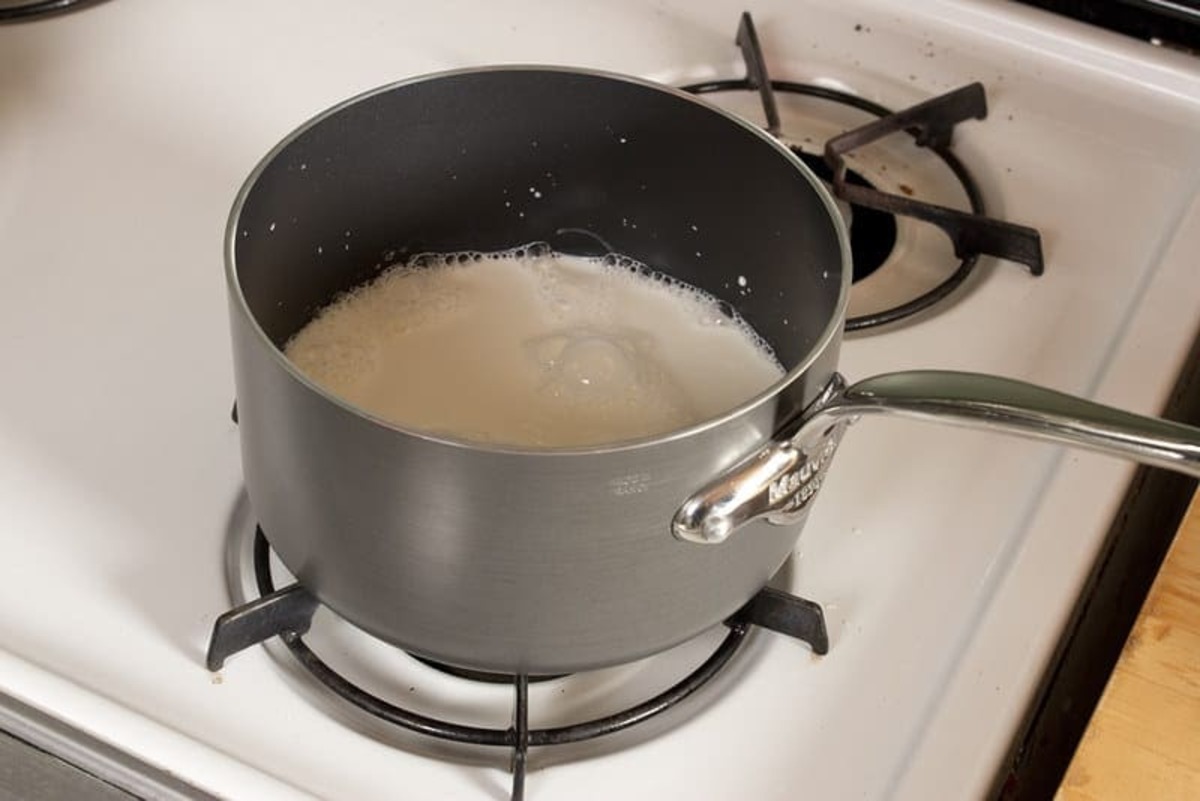
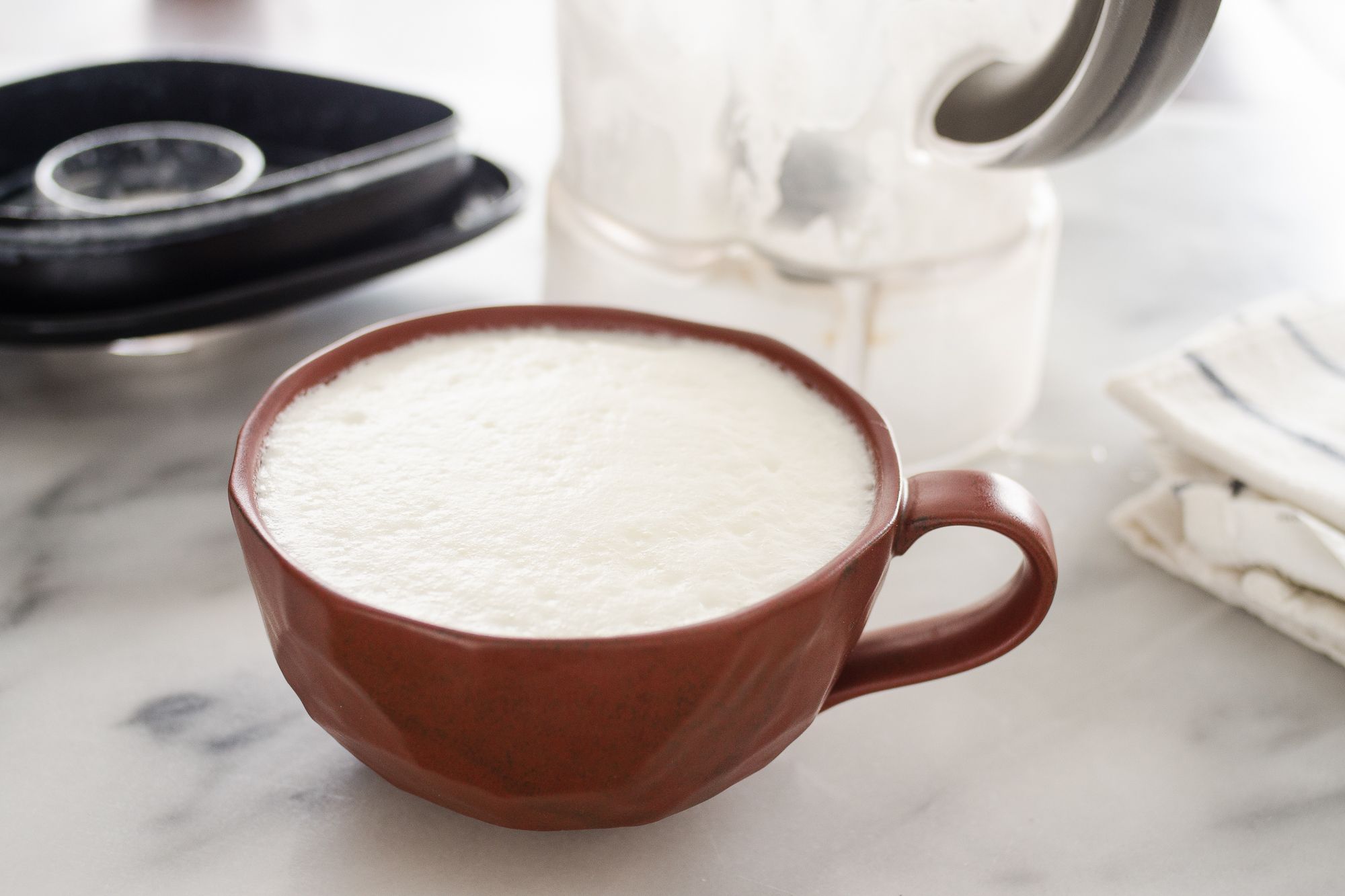
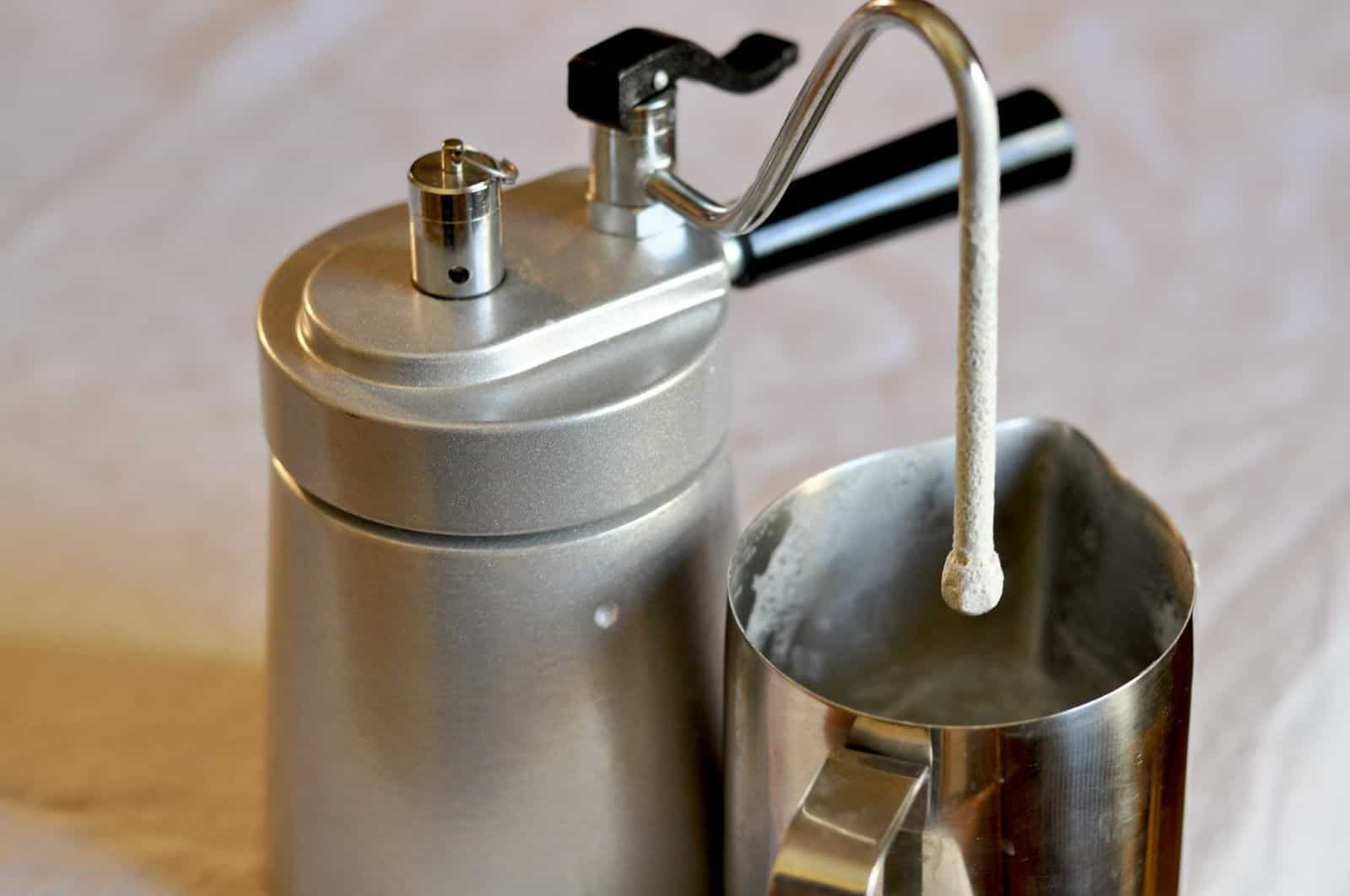
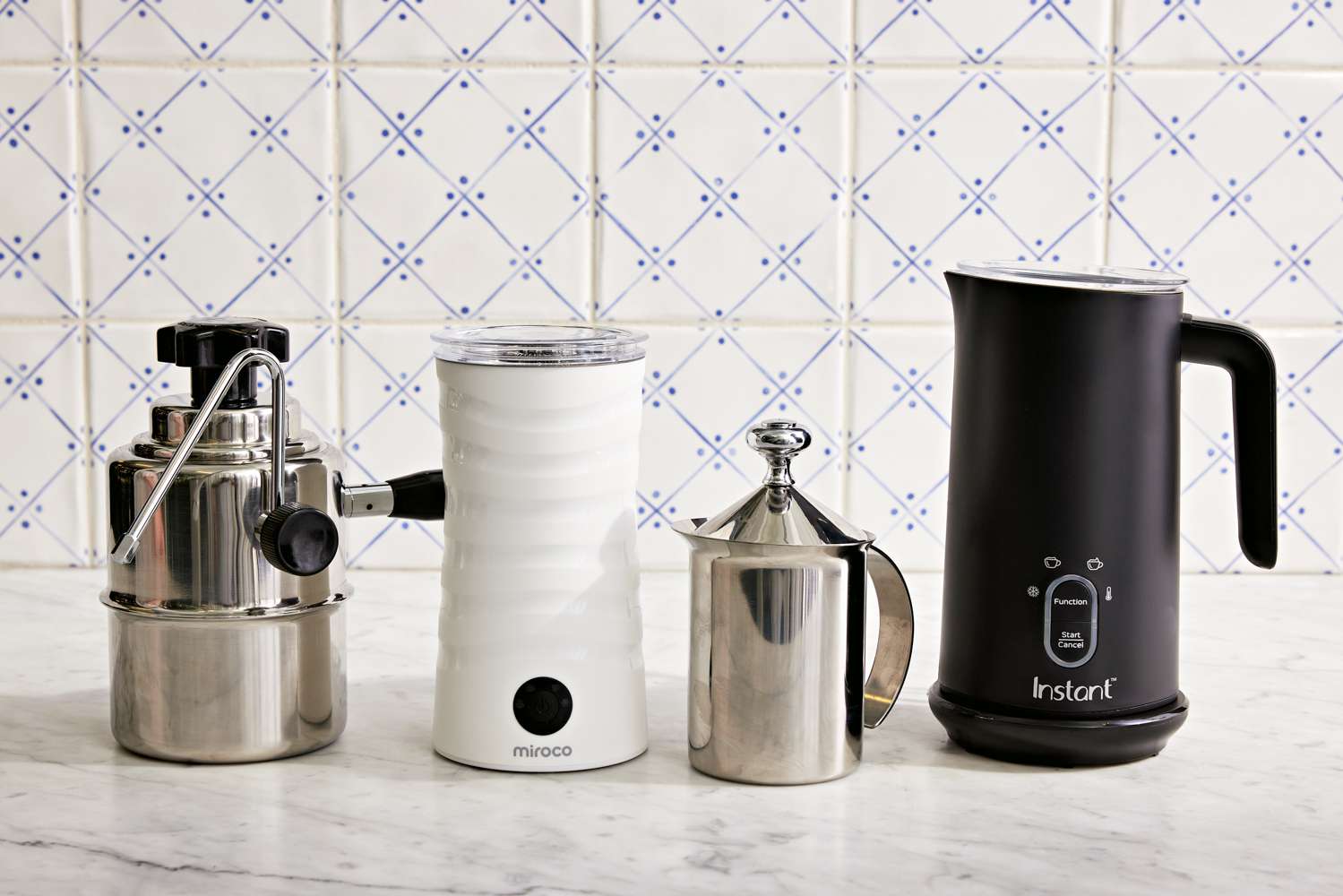
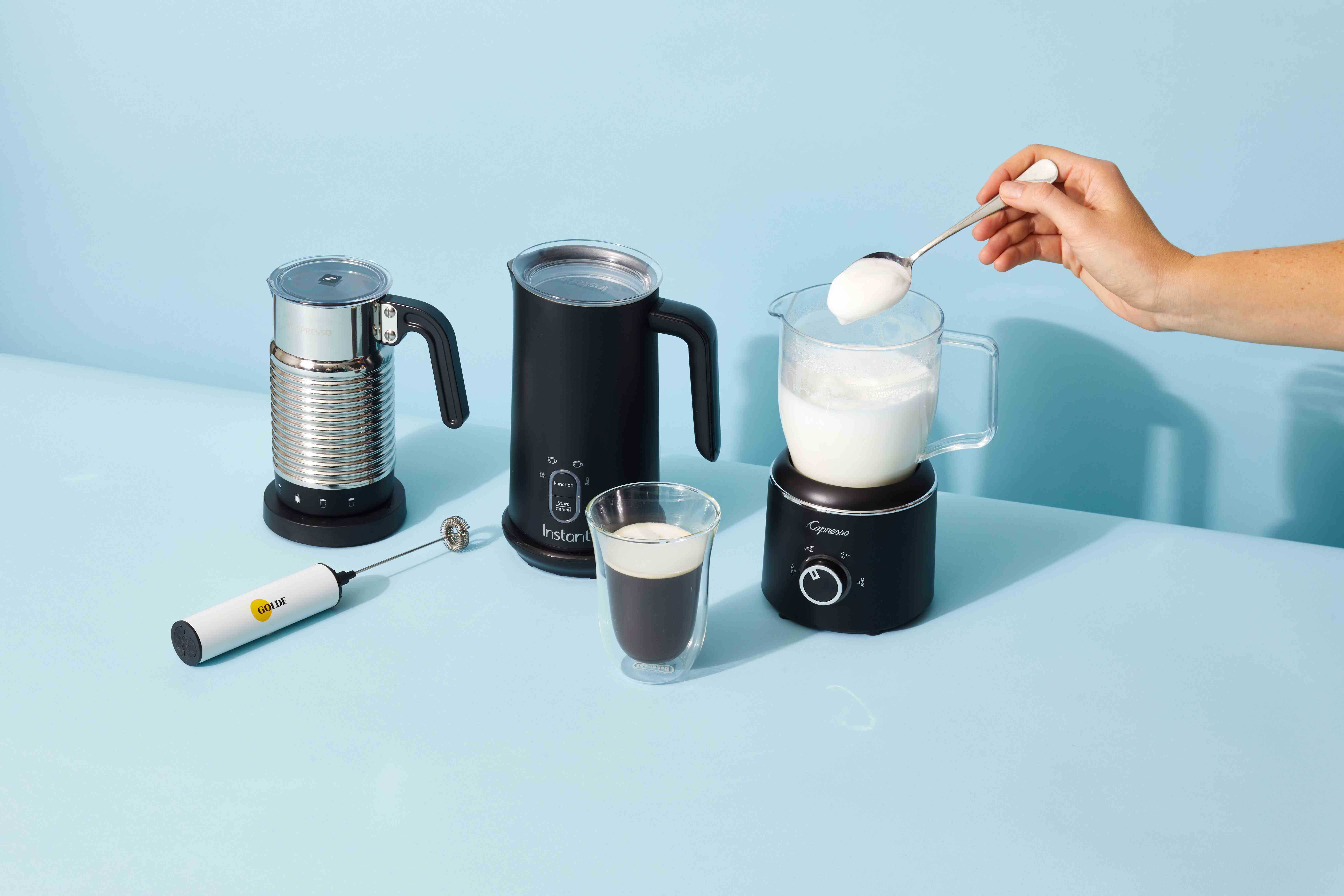
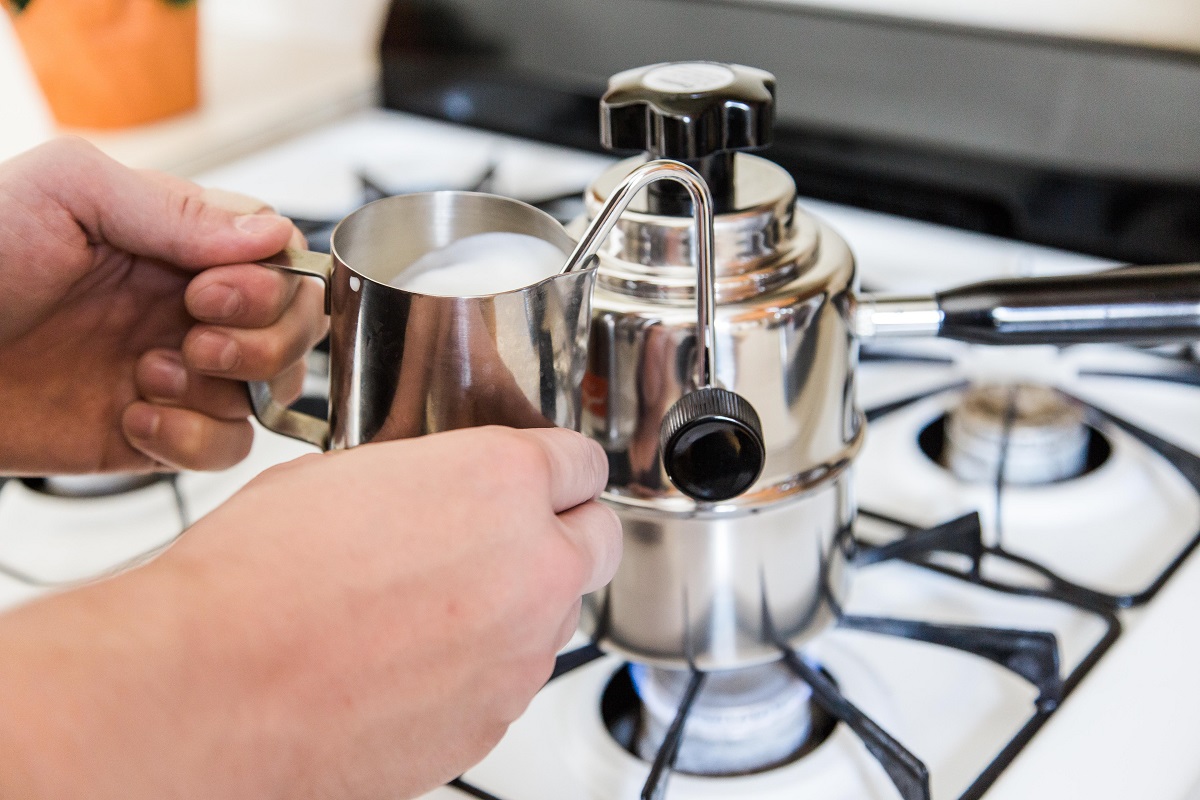
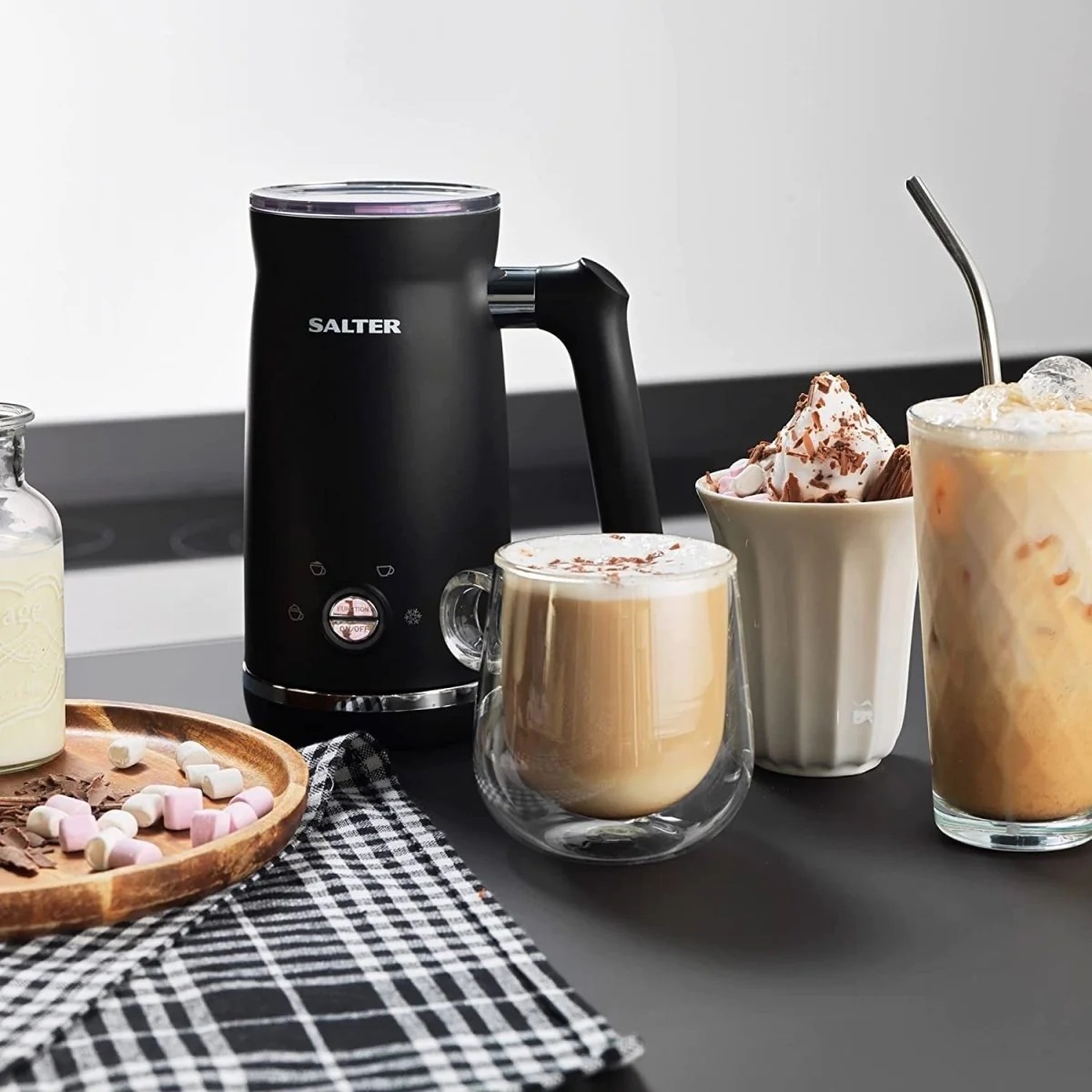
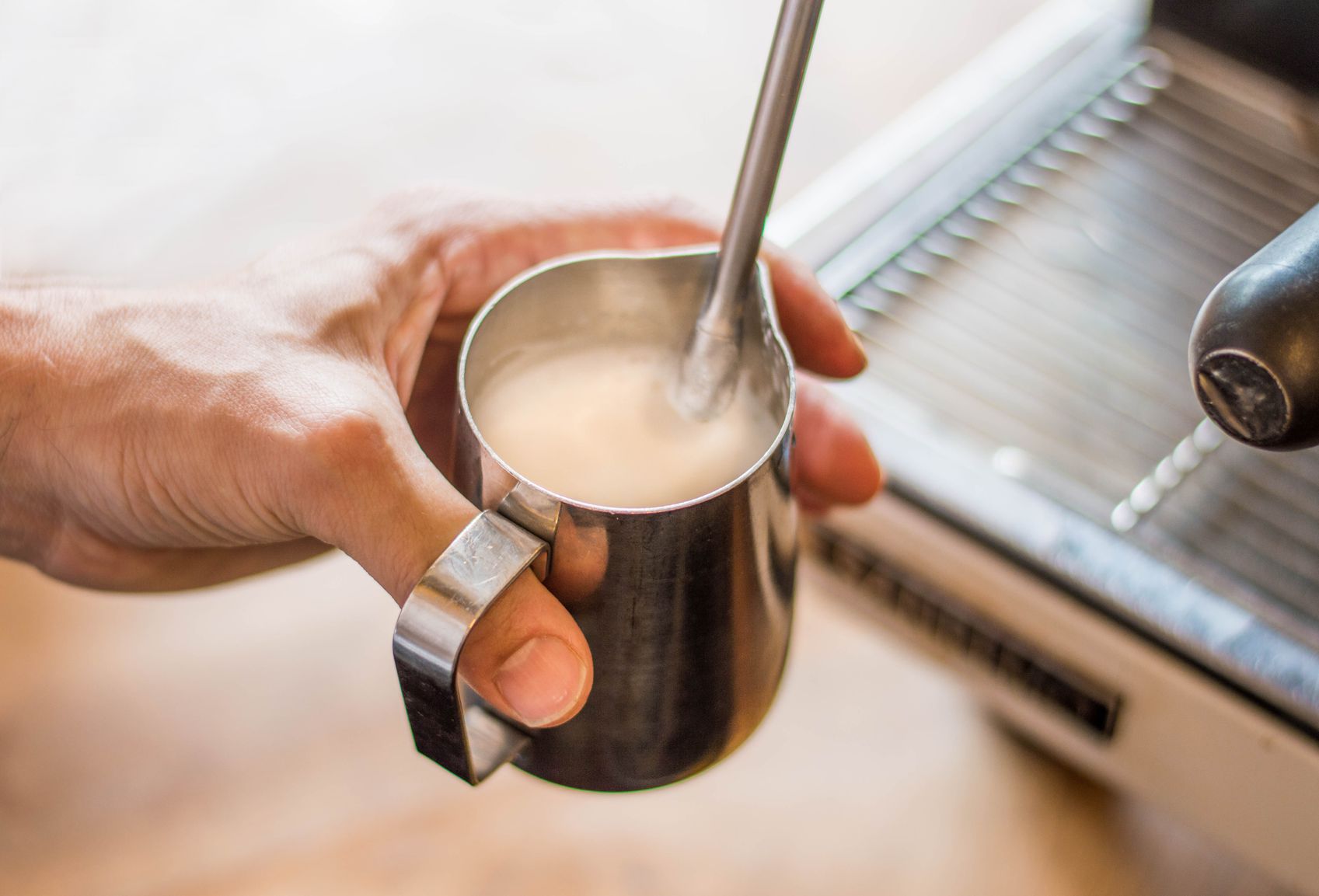
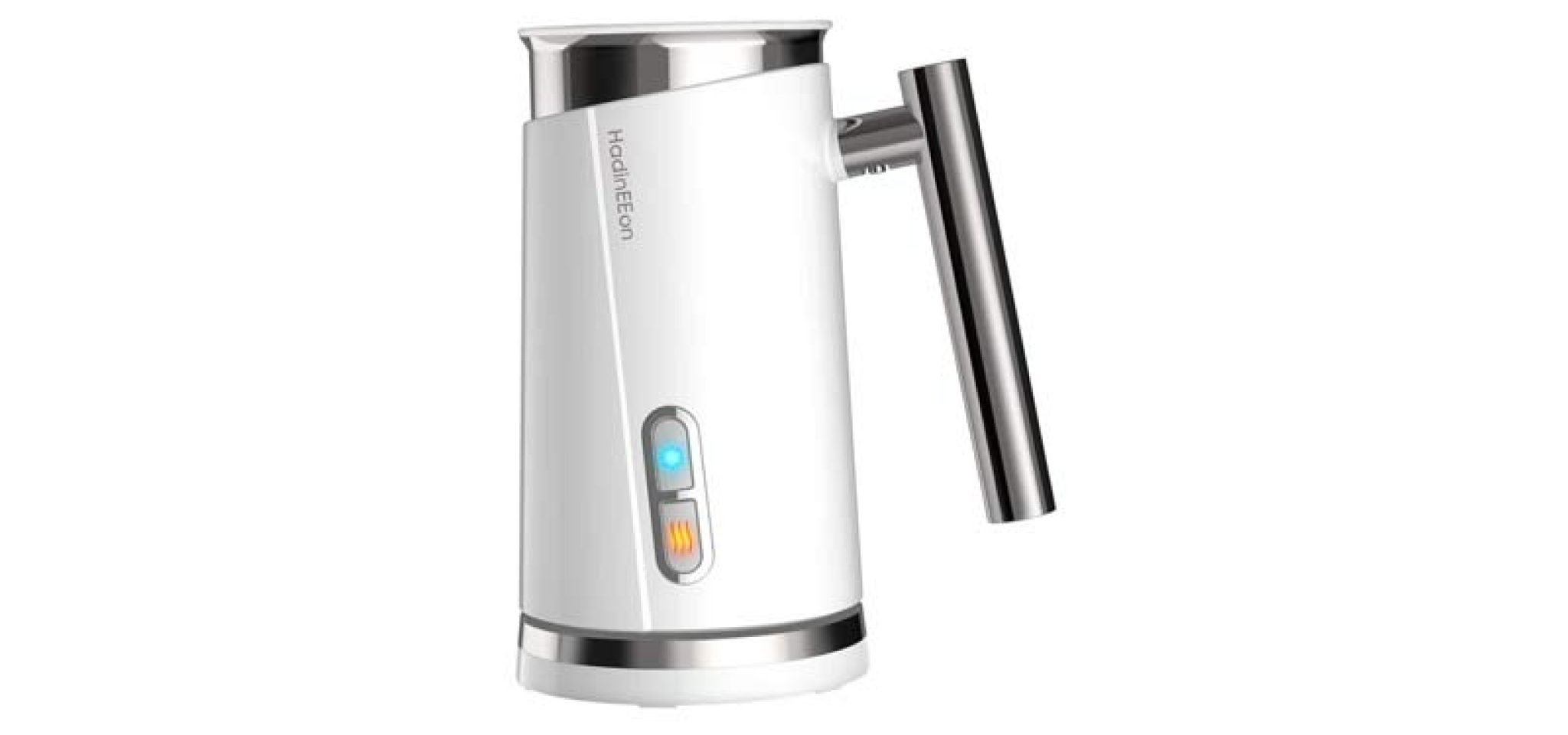
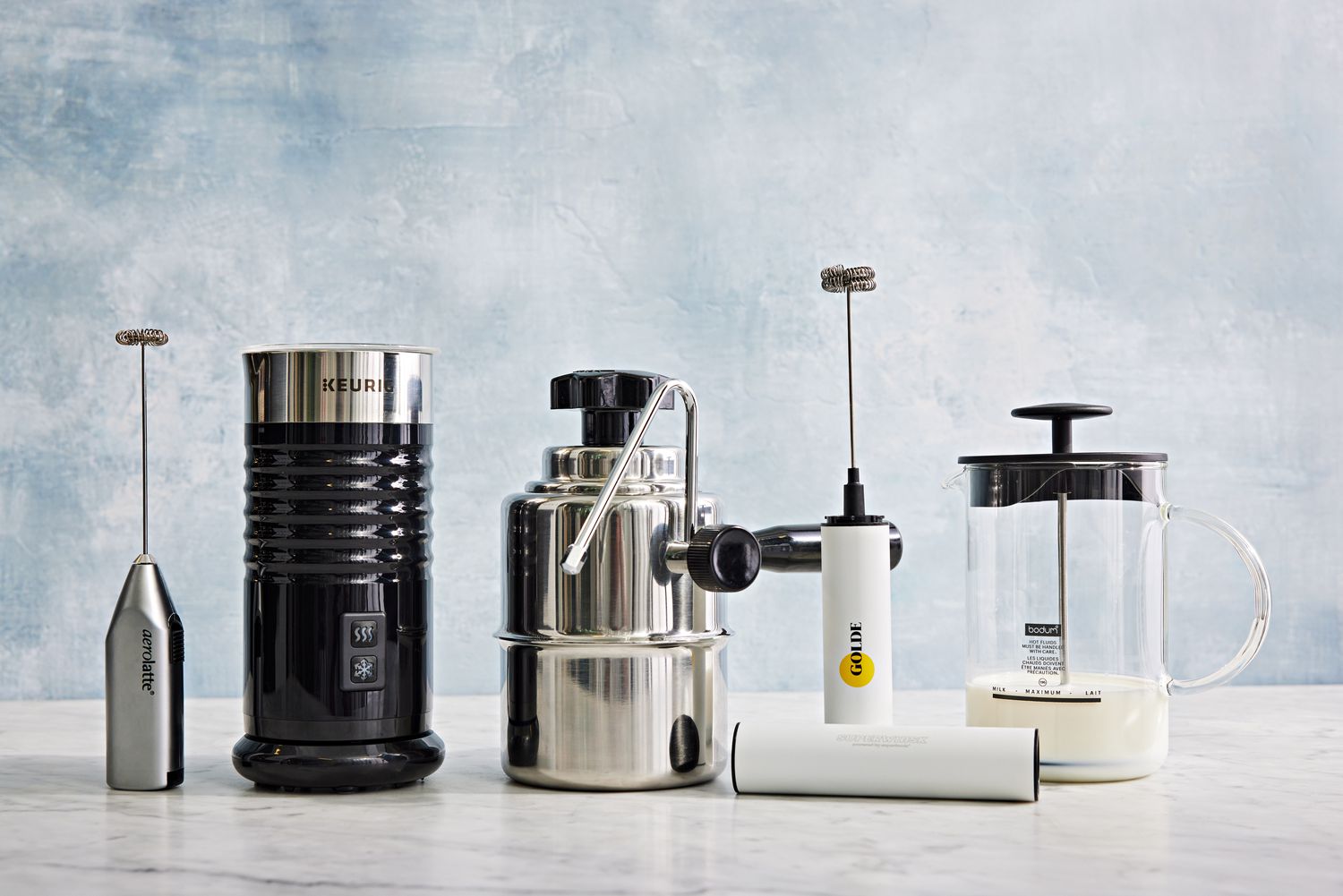
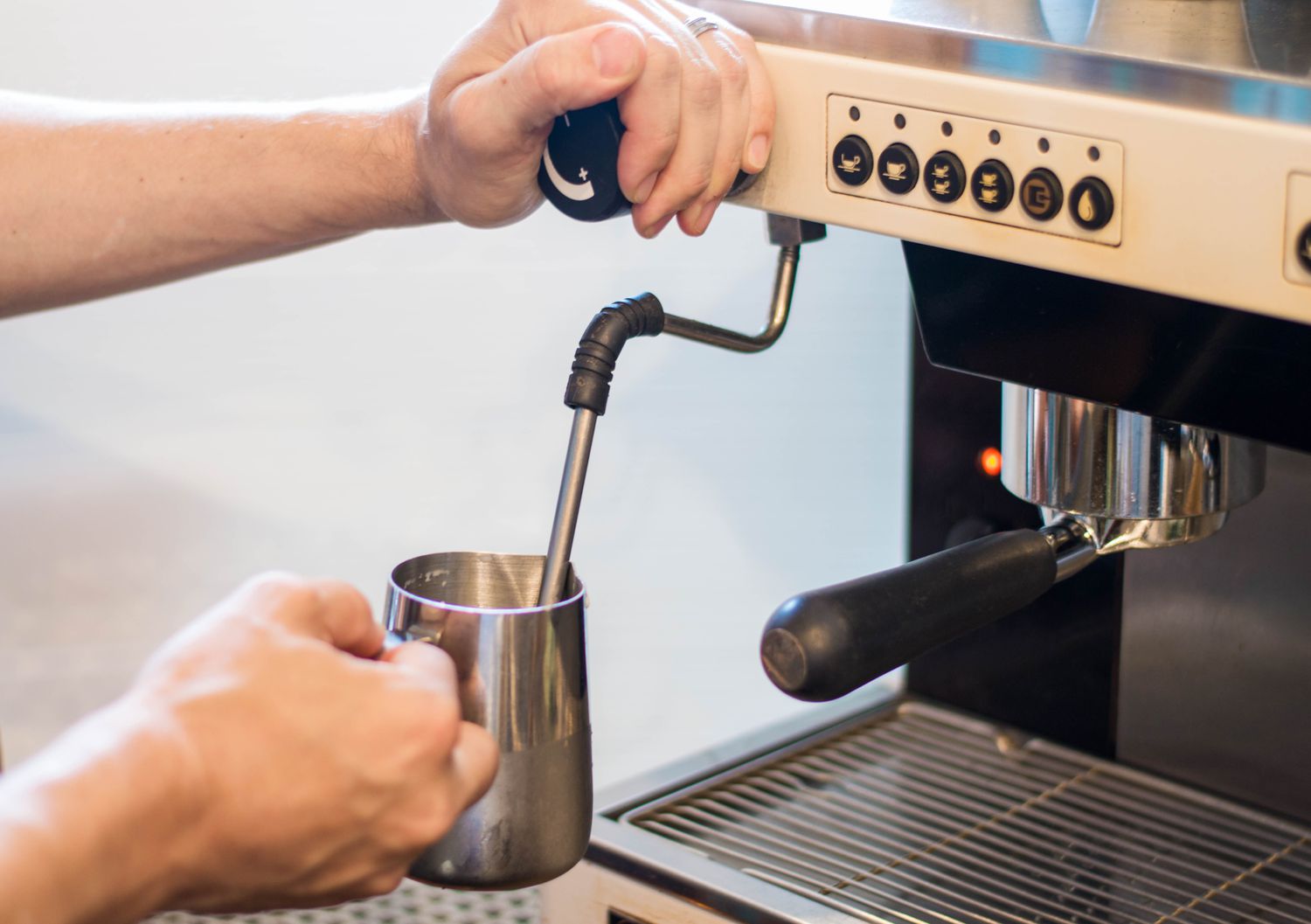
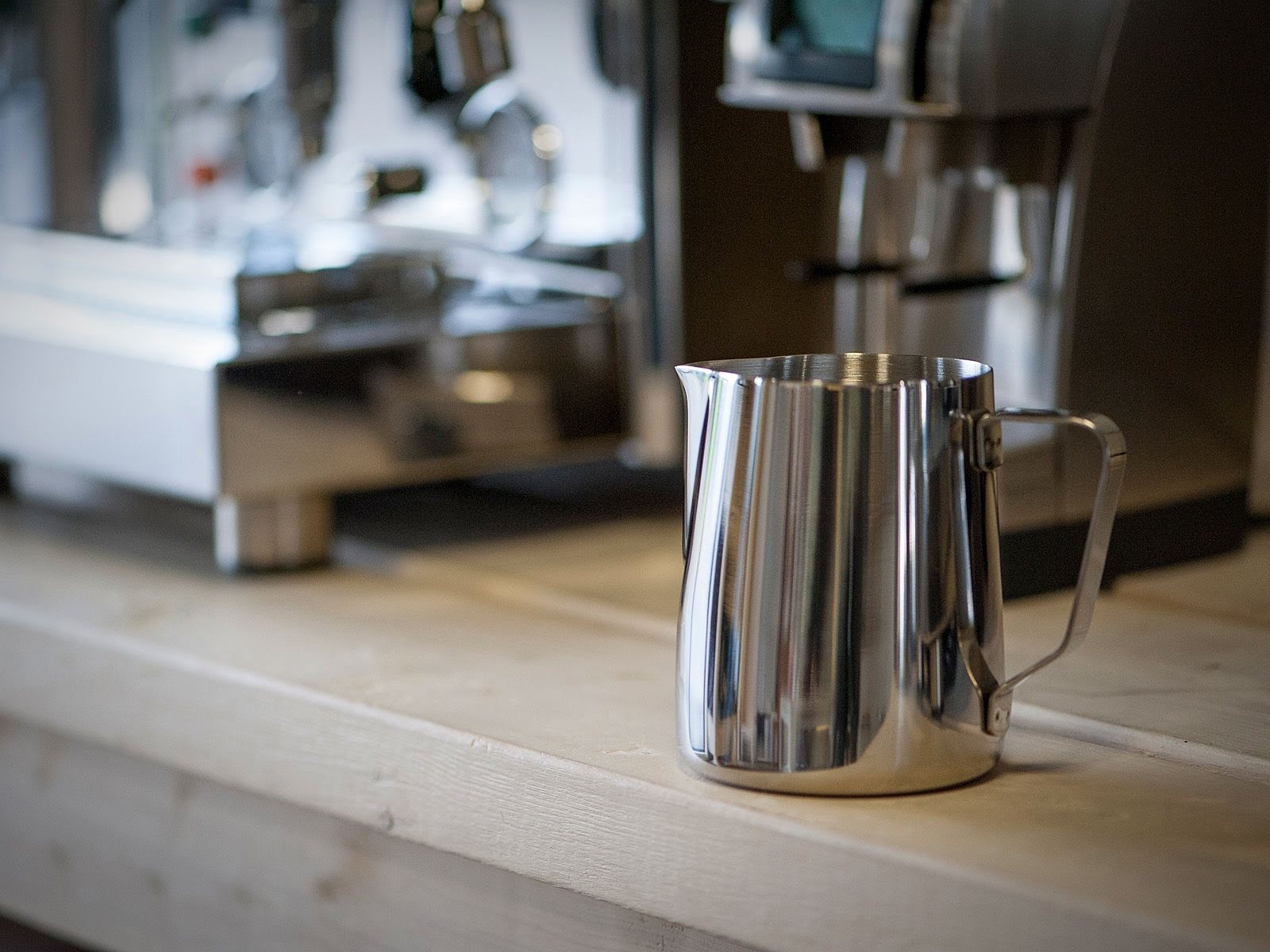
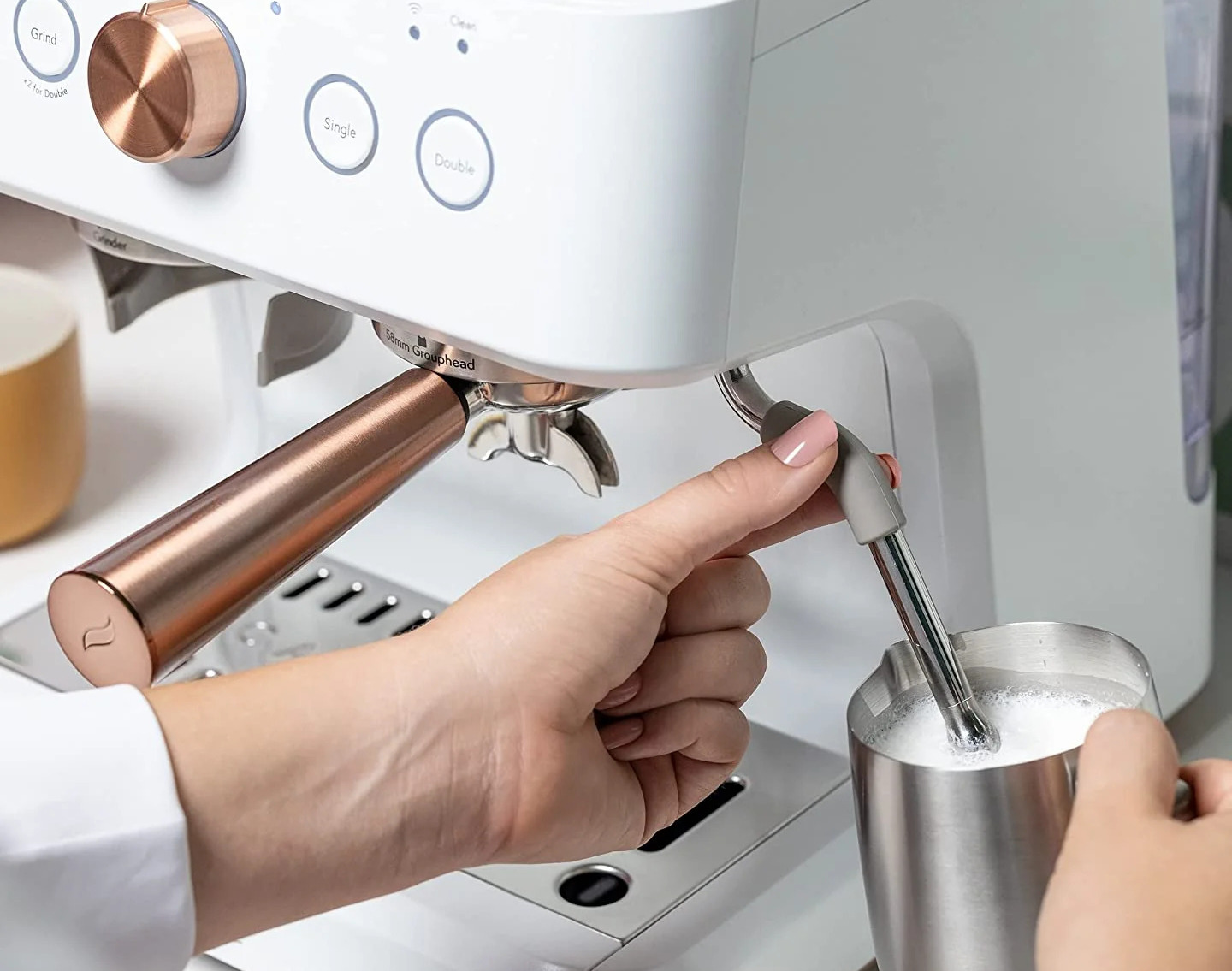

0 thoughts on “What Does A Milk Steamer Do”